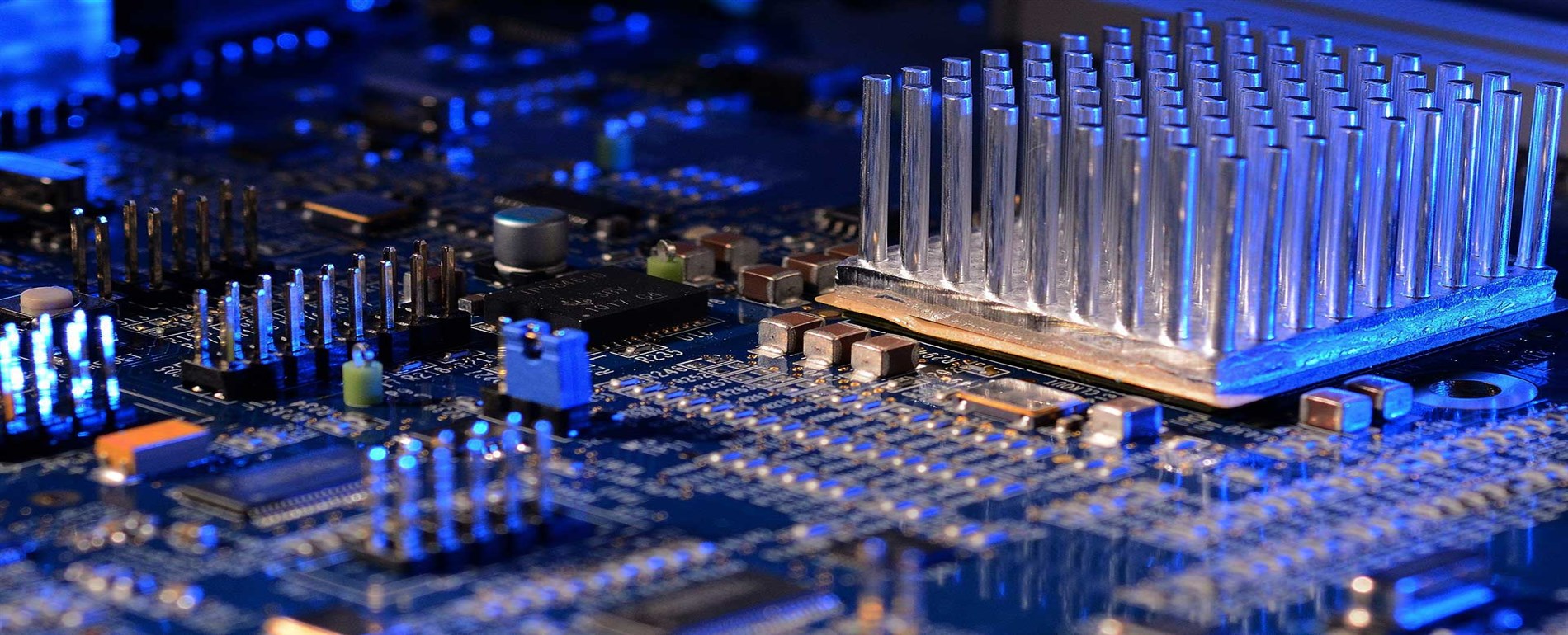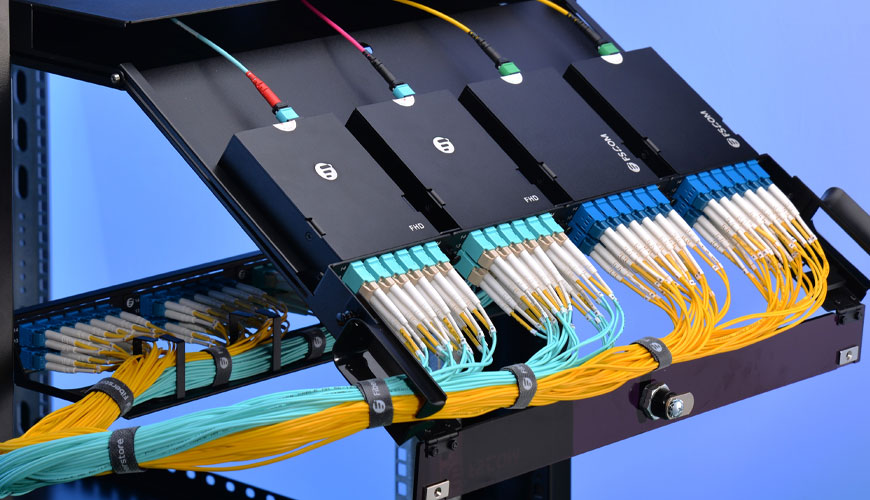

EUROLAB, with its state-of-the-art accredited laboratories and expert team, provides precise and fast testing services within the scope of IEC EN 62150-3 testing. IEC EN 62150-3 It has been found that some optical transceivers and receptacles are sensitive to stress caused by the fiber optic cable when side forces are applied to the mating cable-connector assembly, resulting in changes in transmitted optical power. The purpose of this section of IEC EN 62150 is to describe physical stress tests to ensure that such optical connections (cable and socket) continue to function within specifications.

This standard specifies test requirements and procedures for qualifying optical devices for the sensitivity of the device to combined power variations caused by mechanical degradation at optical ports. This standard applies to active devices with optical socket interfaces. This standard describes the testing of transceivers for use with single-mode connectors with 2,5 mm or 1,25 mm ferrules.
Some optical transceivers and receptacles are sensitive to stress caused by the fiber optic cable when forces are applied to the mating cable-connector assembly. Depending on the nature of the fiber optic connectors, two different points of motion for the socket cause two different types of wiggle loss.
The purpose of Method A is to help ensure that the transceiver port design is robust enough to work with a variety of cables meeting existing interface standards in the field. The goal of Method B is to ensure that port designs are robust enough to withstand potential side loads during operation and installation with cables of known performance.
Measure and record the output power of the DUT as it is mounted on the luminaire without applying any load and without rotating the luminaire. The power meter must be reset at this point for all measurements to normalize at this output level.
The receiver optical power monitoring method can be implemented on transceivers or other optical receivers that support digital diagnostic monitoring. The stiffness of the optical port against curling is determined by monitoring the changes in received optical power reported by the digital diagnostics.
EUROLAB assists manufacturers with IEC EN 62150-3 test compliance. Our test experts, with their professional working mission and principles, provide you, our manufacturers and suppliers, the best service and controlled testing process in our laboratories. Thanks to these services, businesses receive more effective, high-performance and quality testing services and provide safe, fast and uninterrupted service to their customers.
To get an appointment, to get more detailed information or to request an evaluation, you can ask us to fill in our form and reach you.